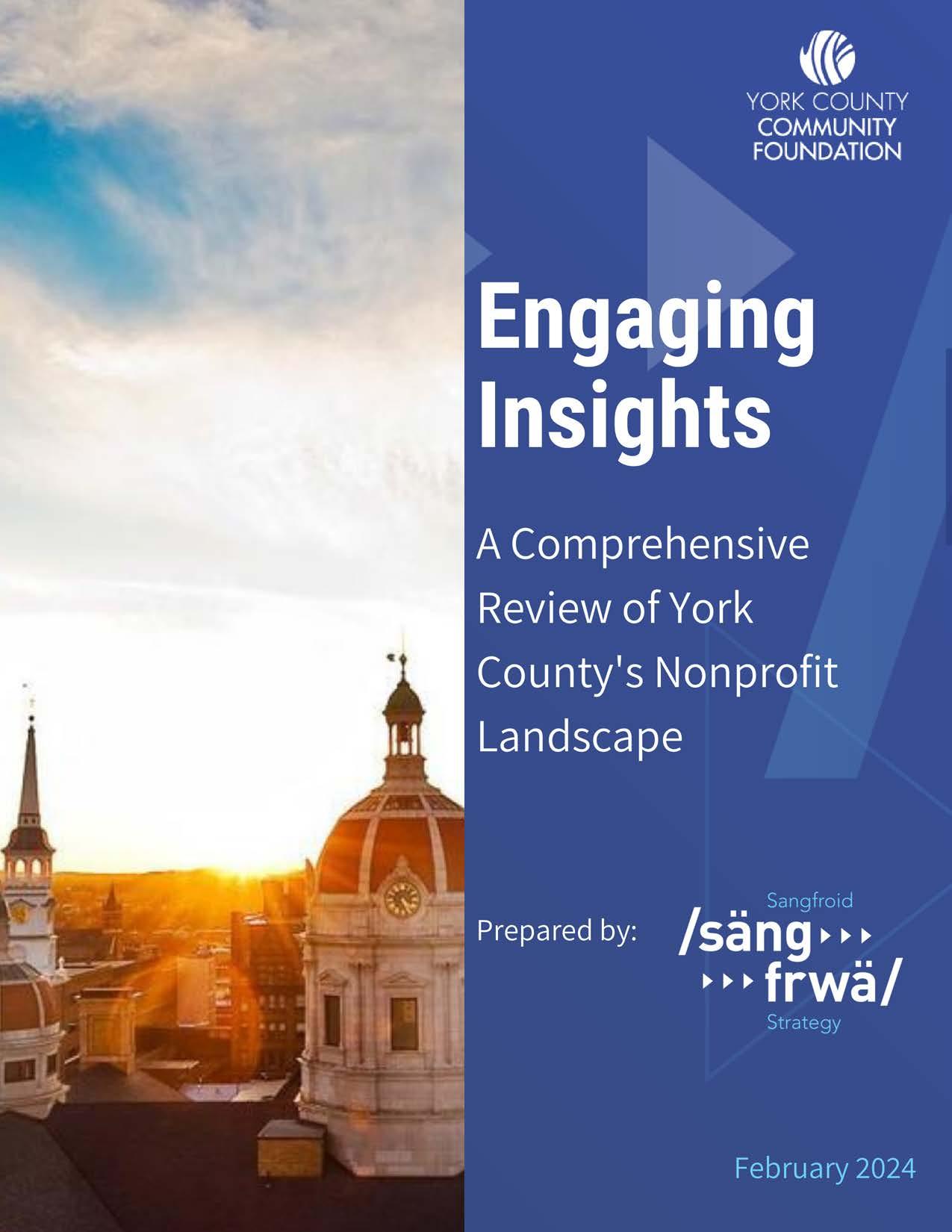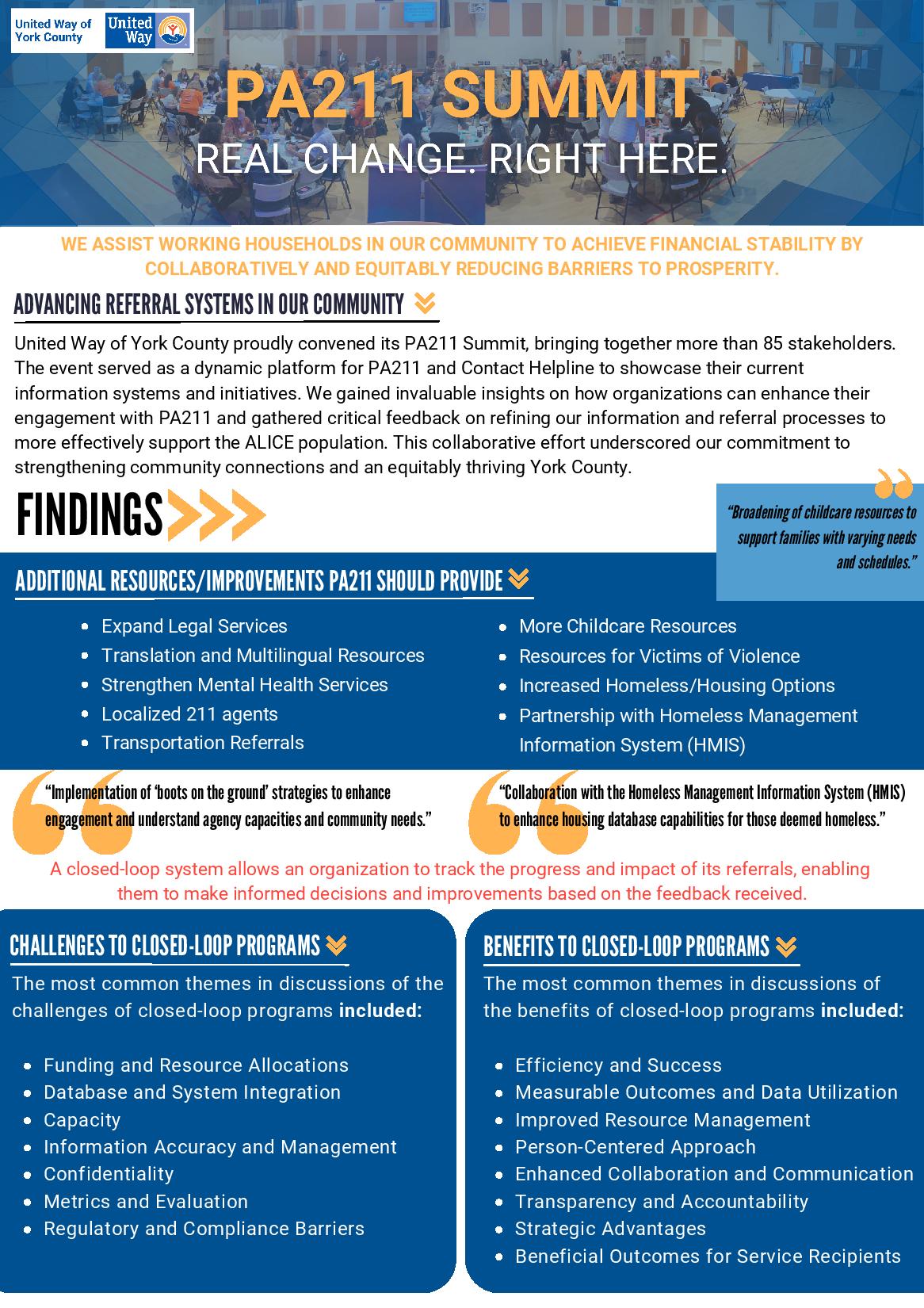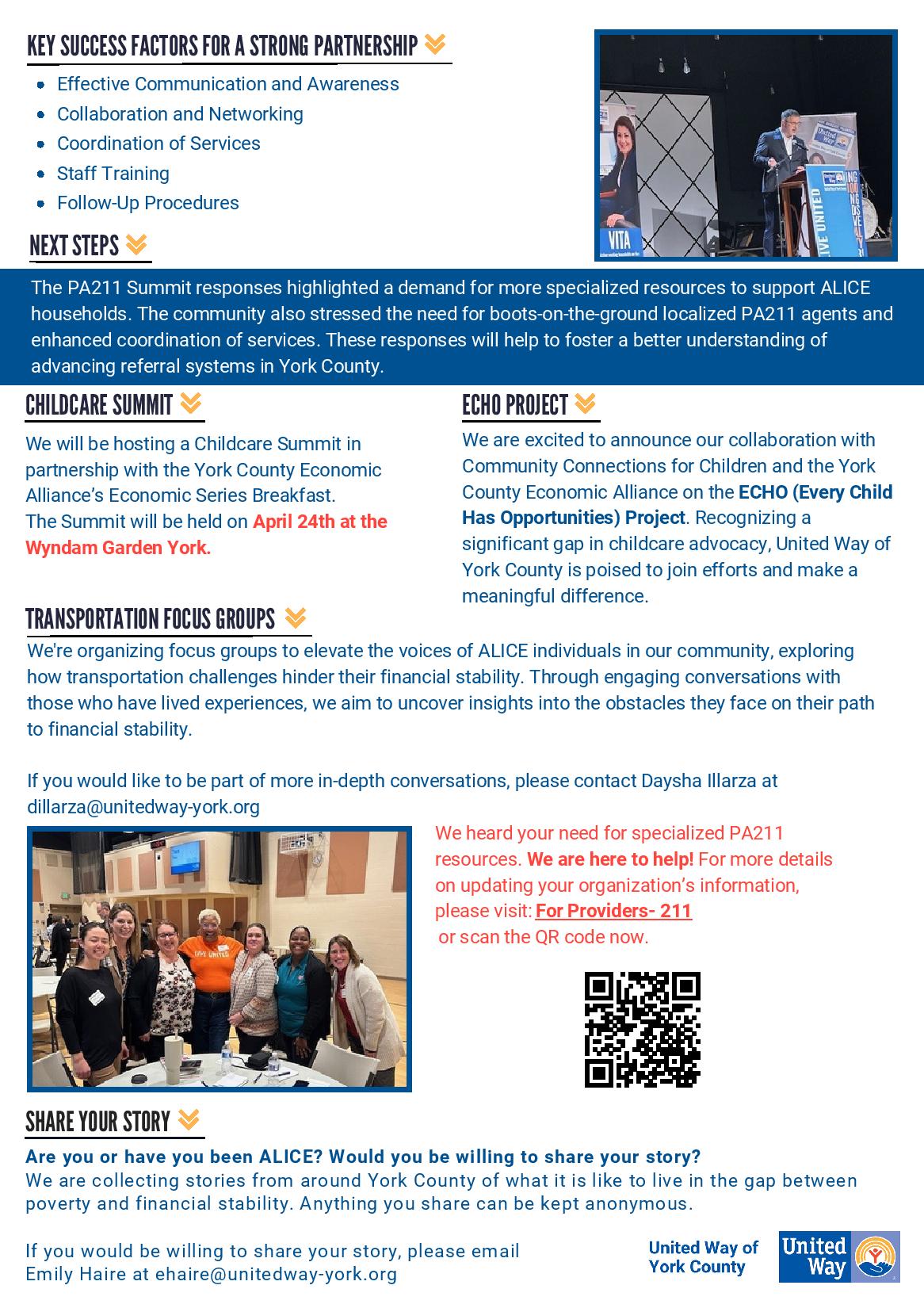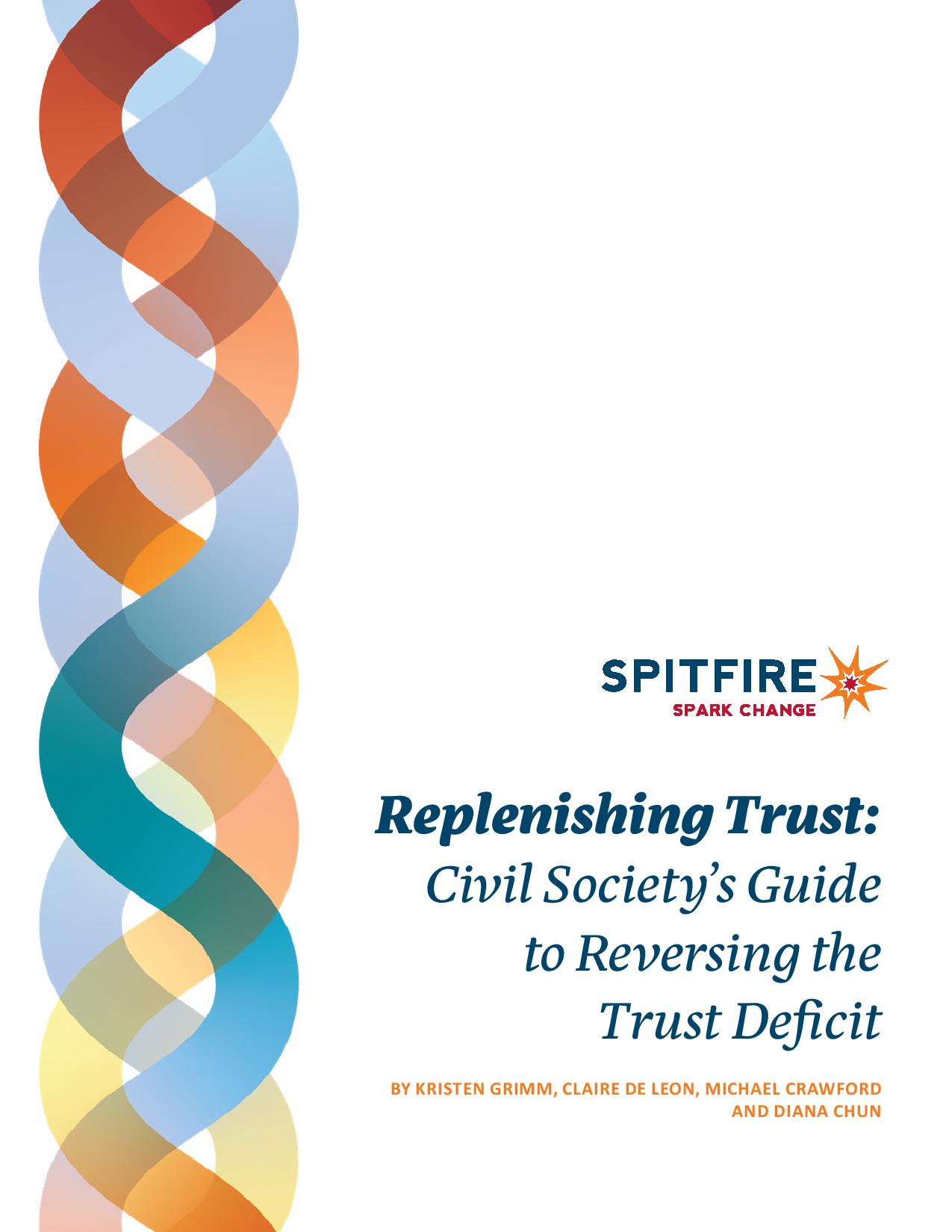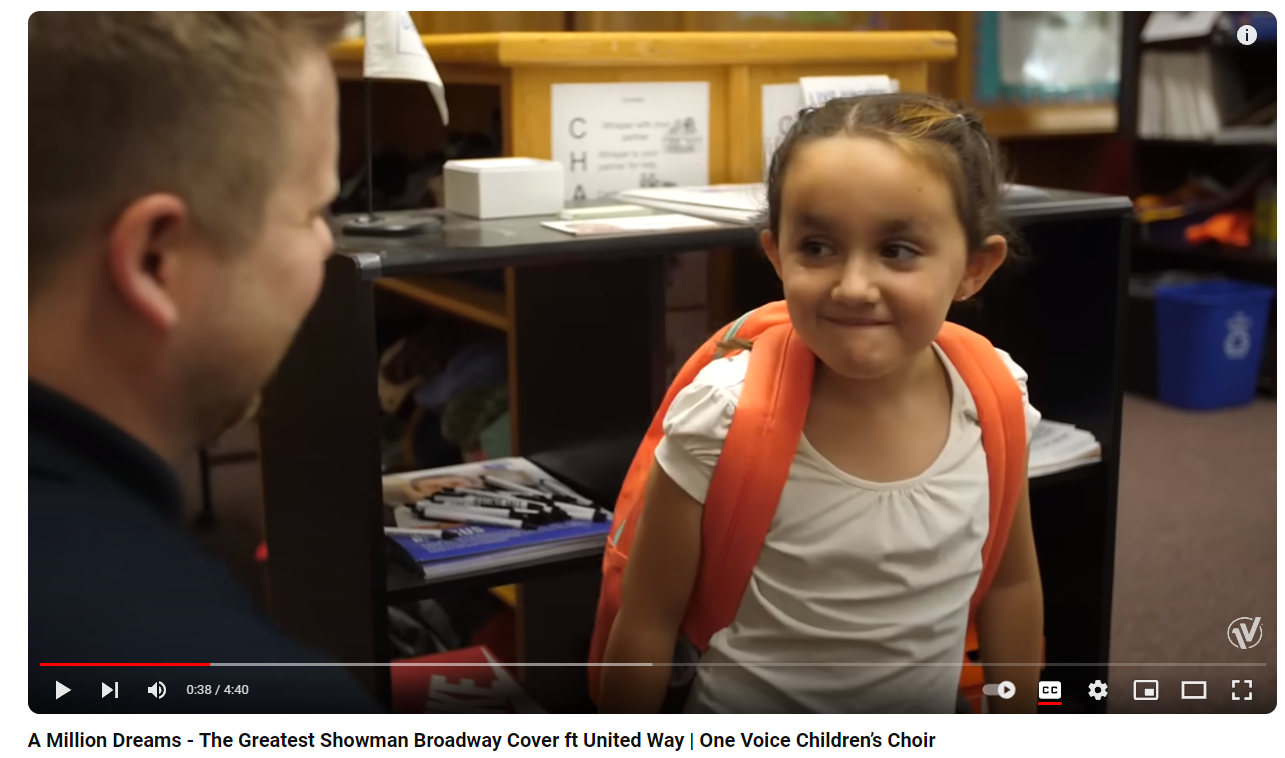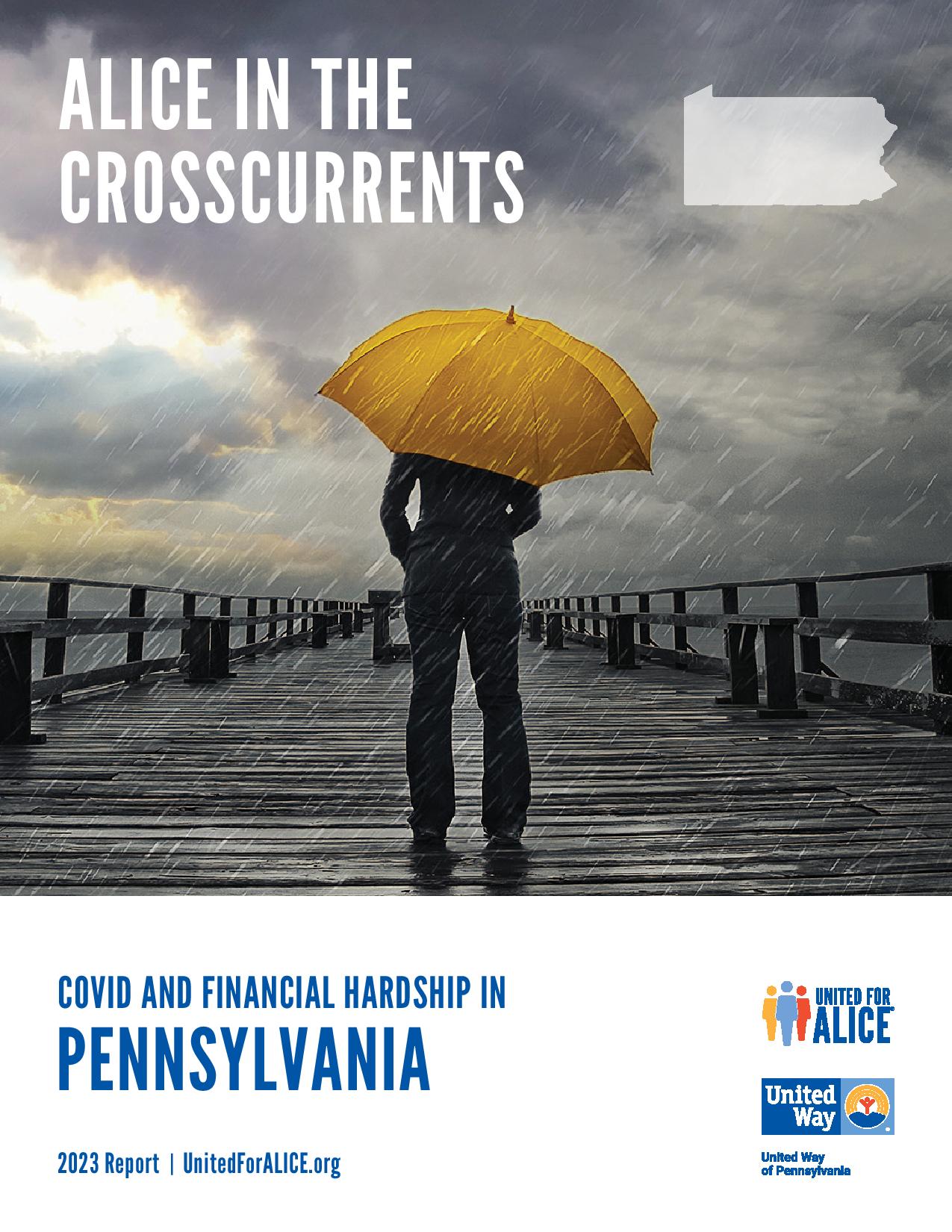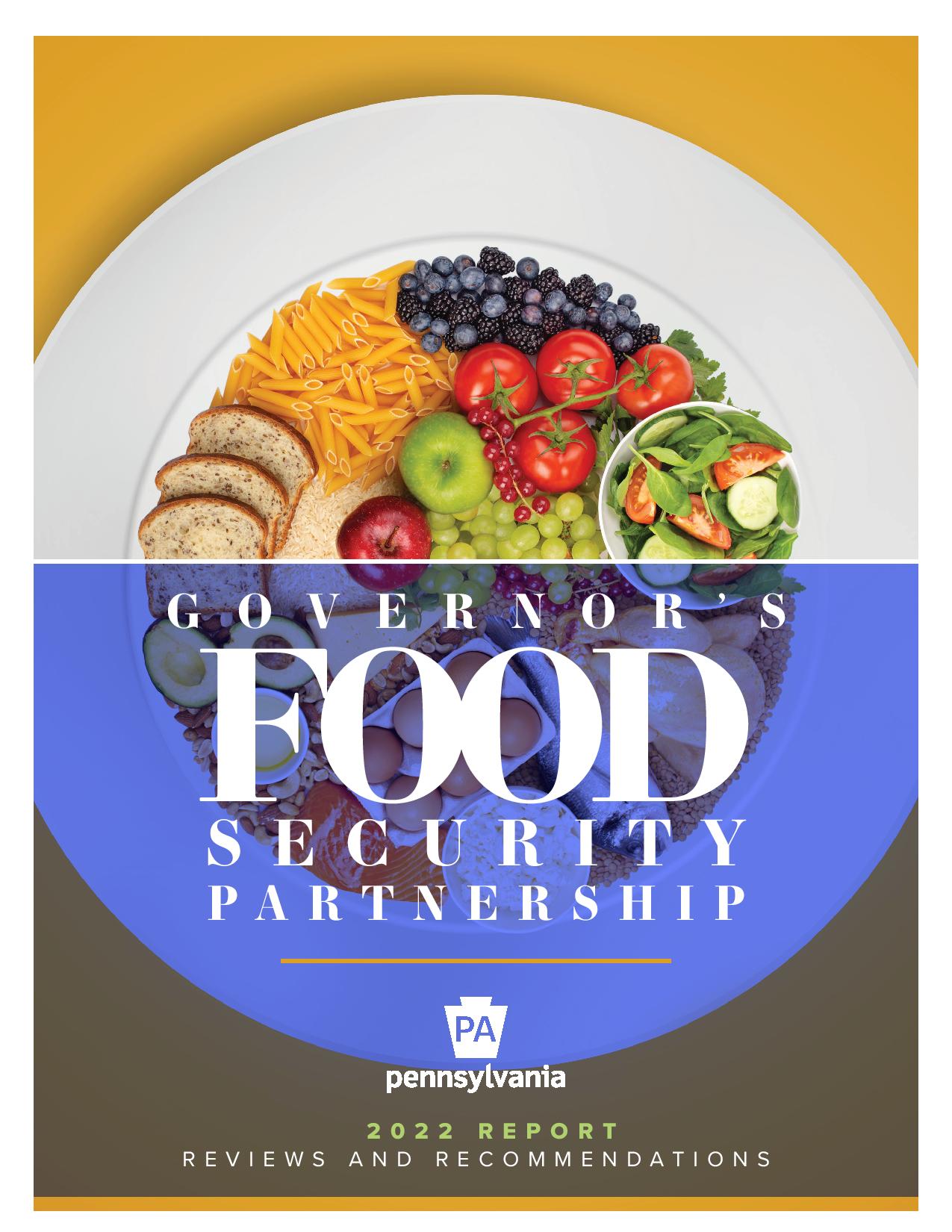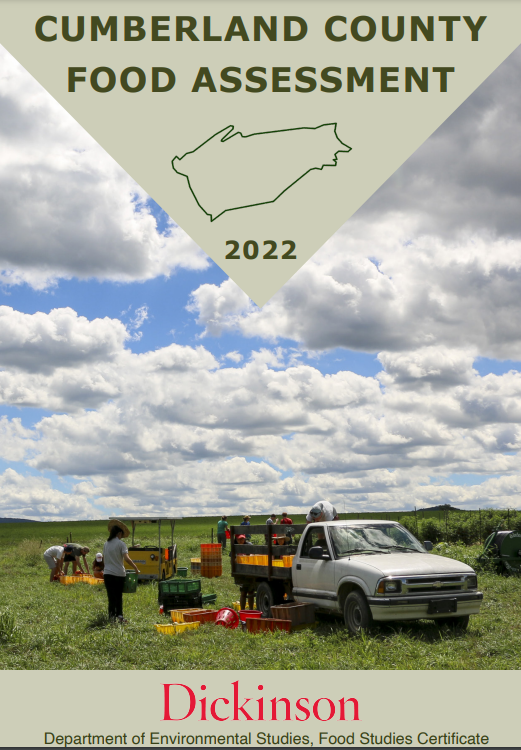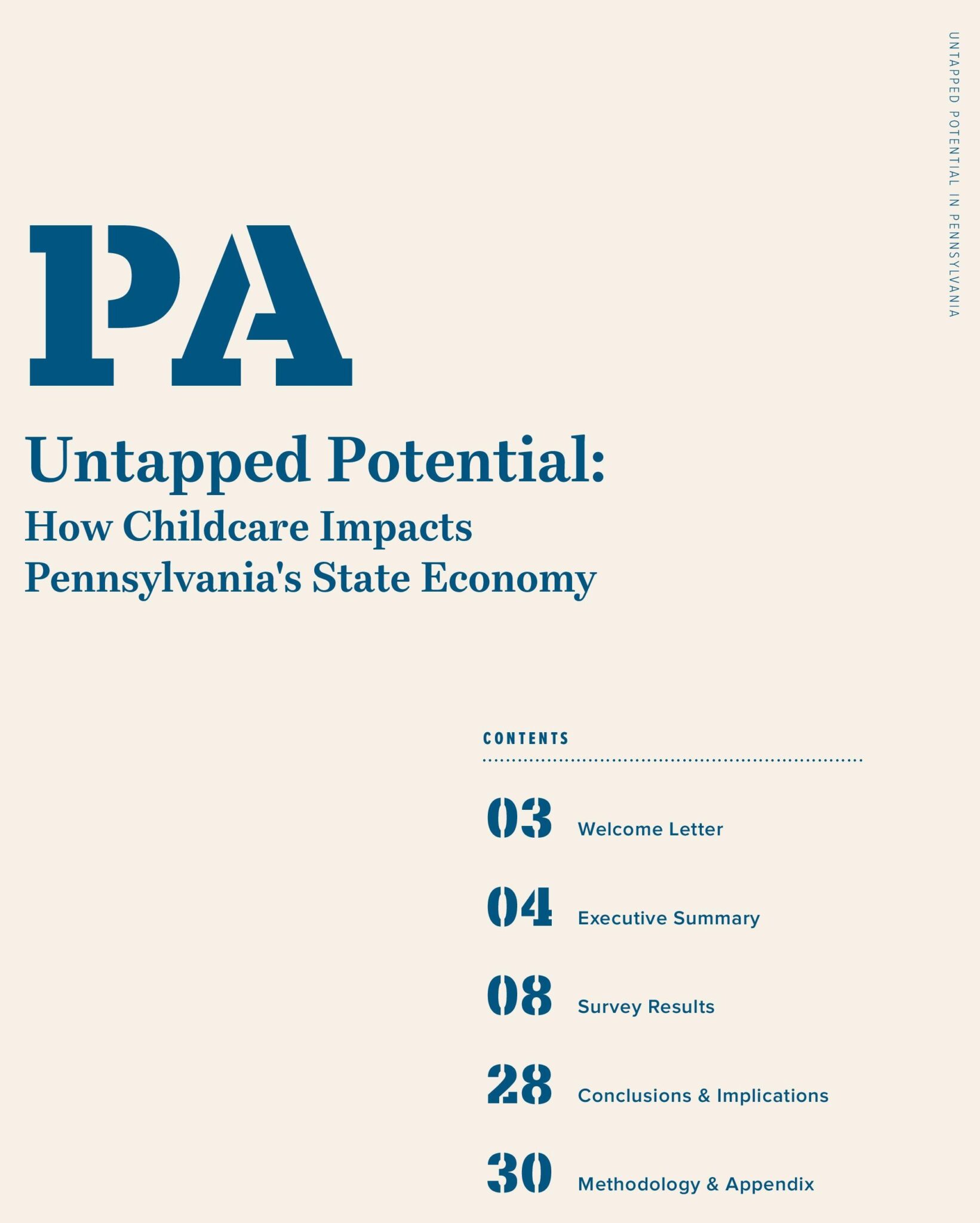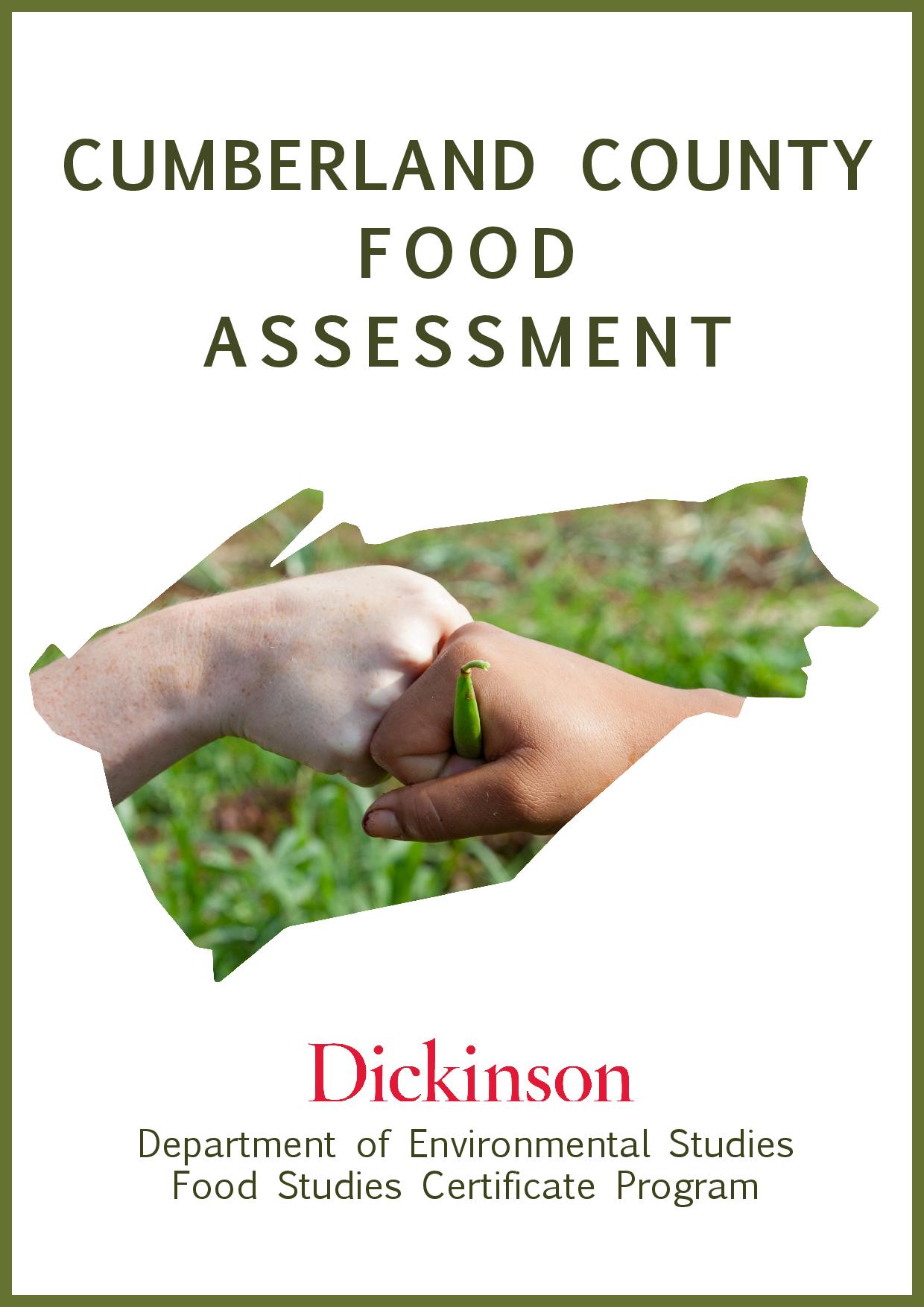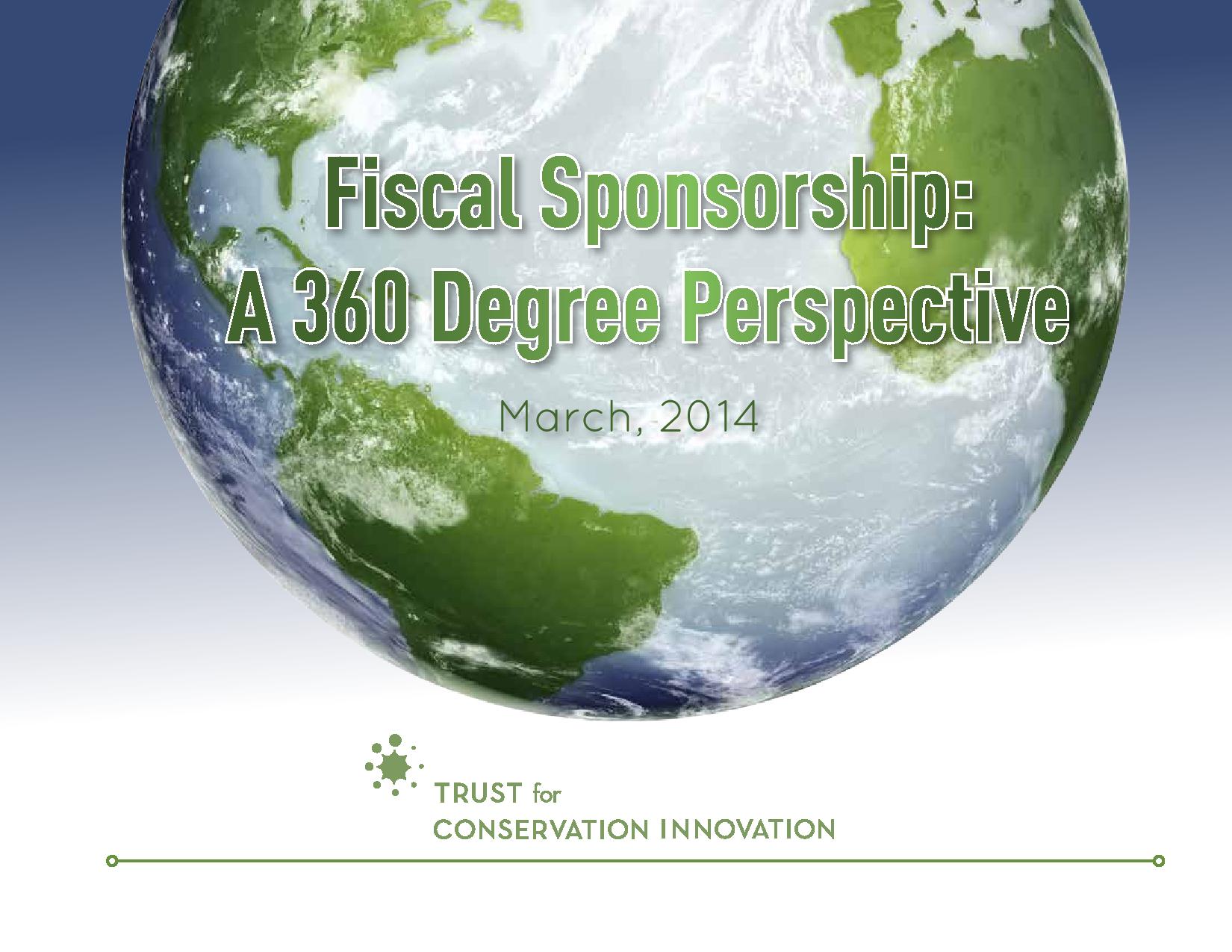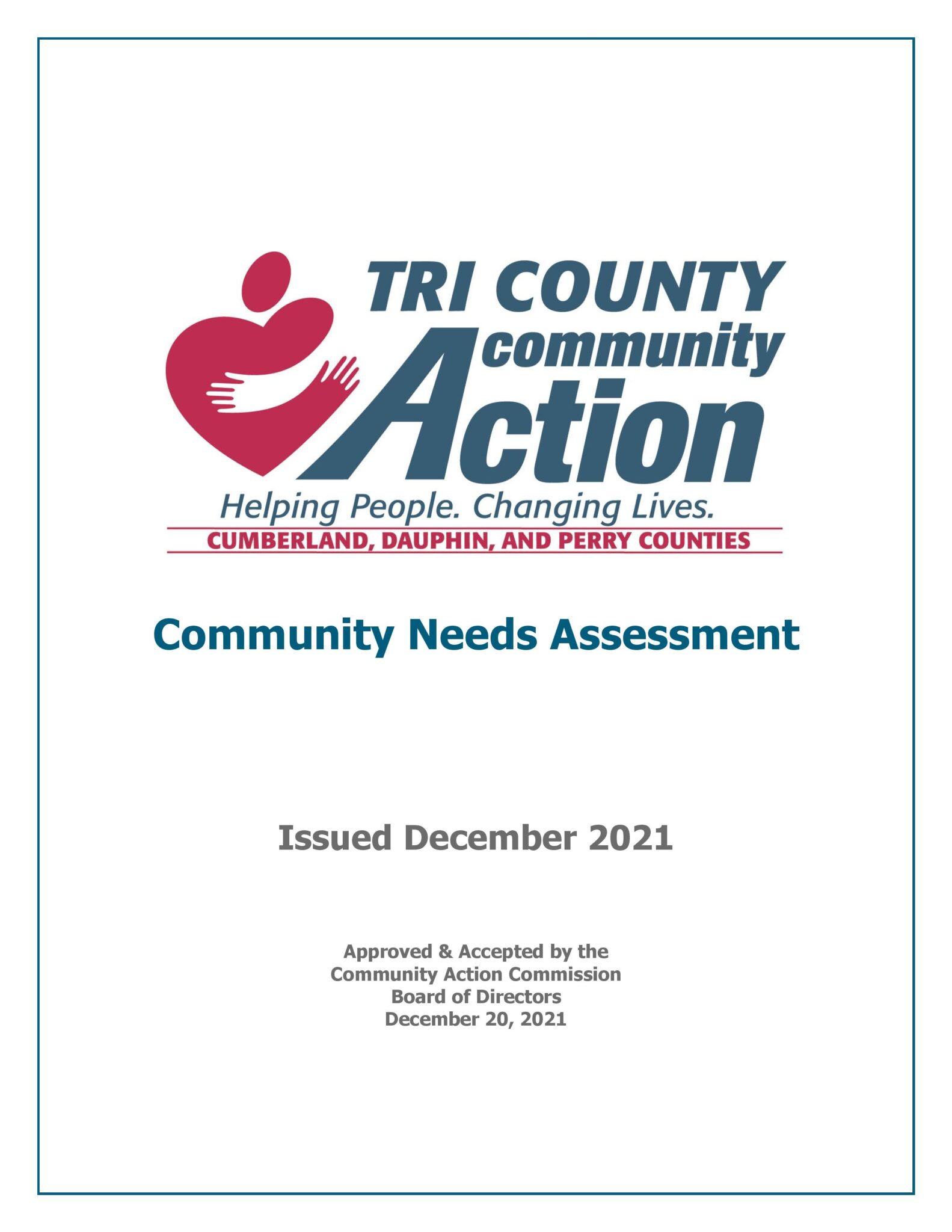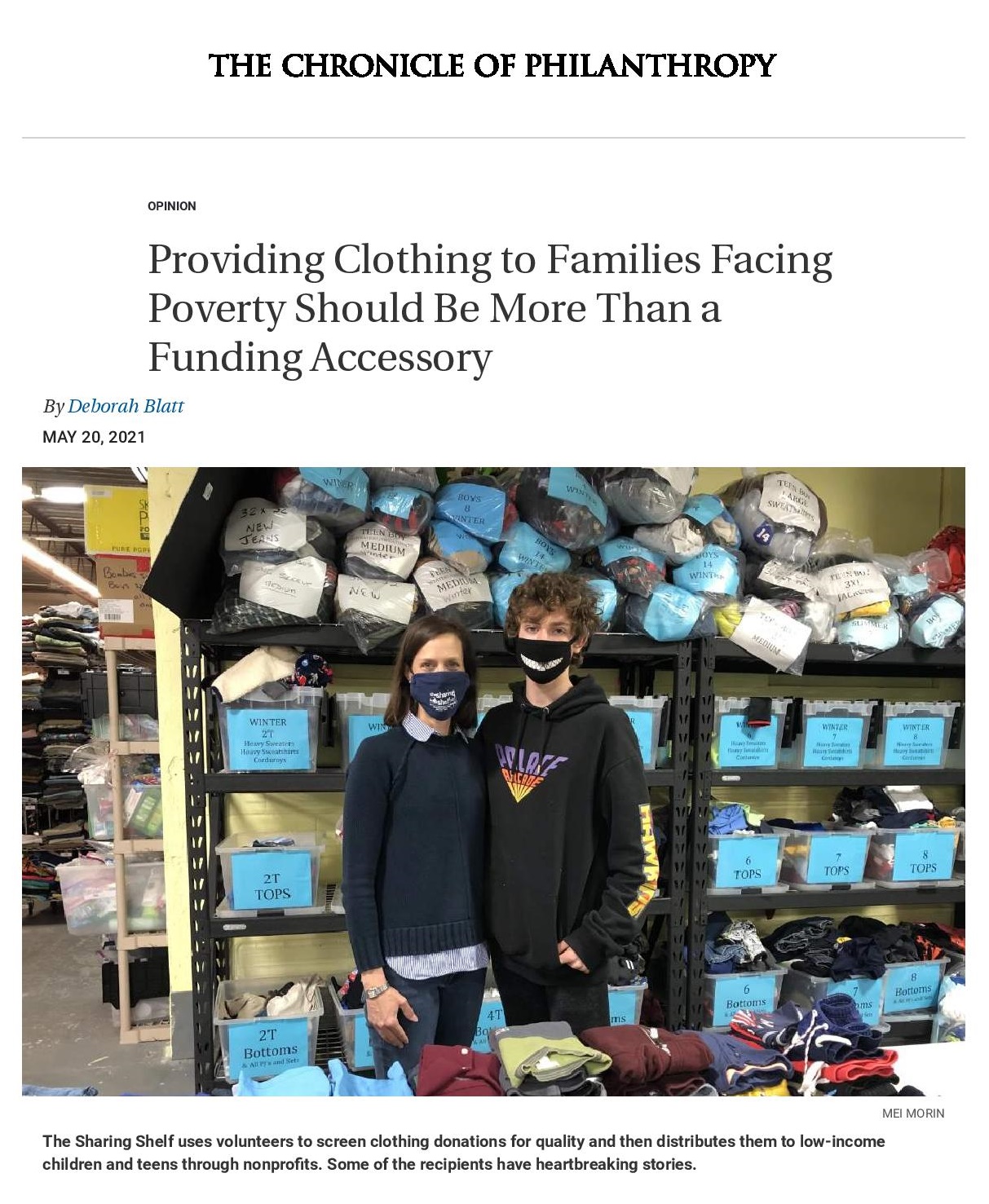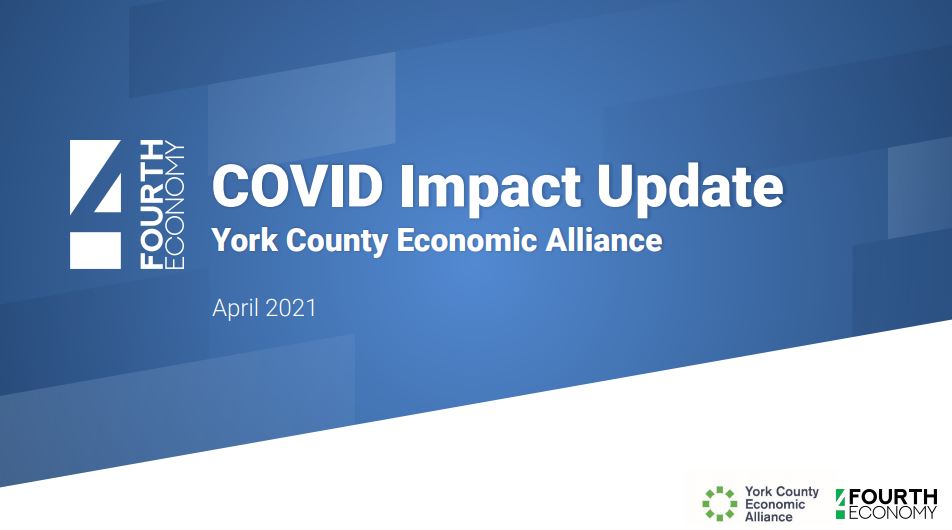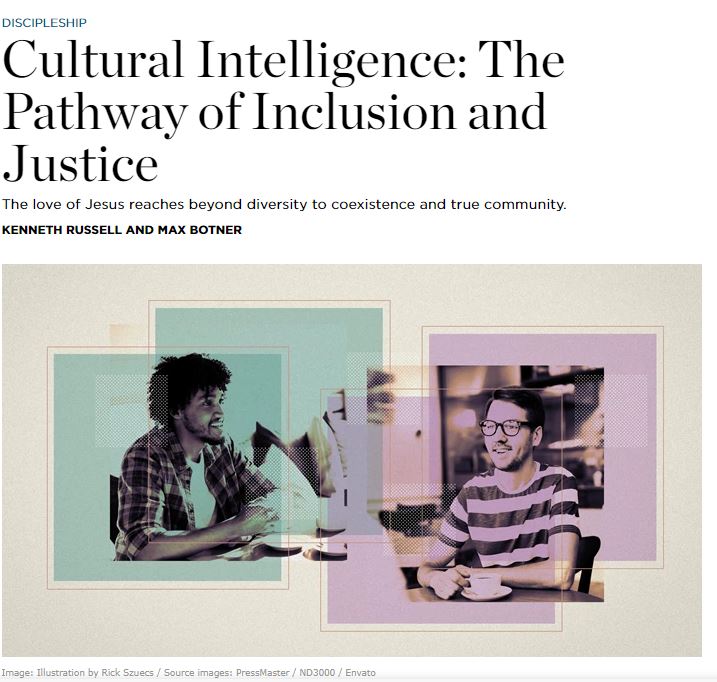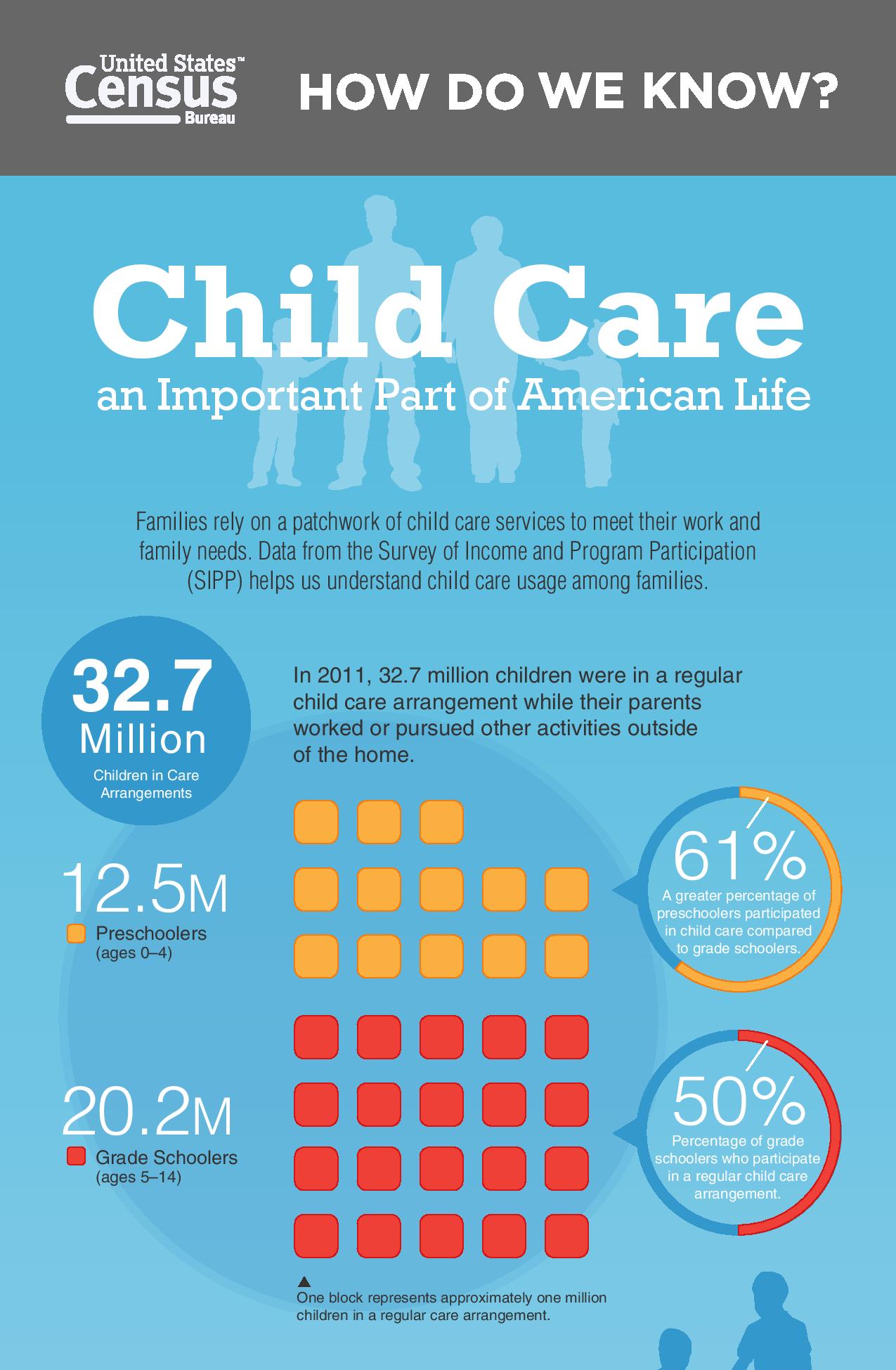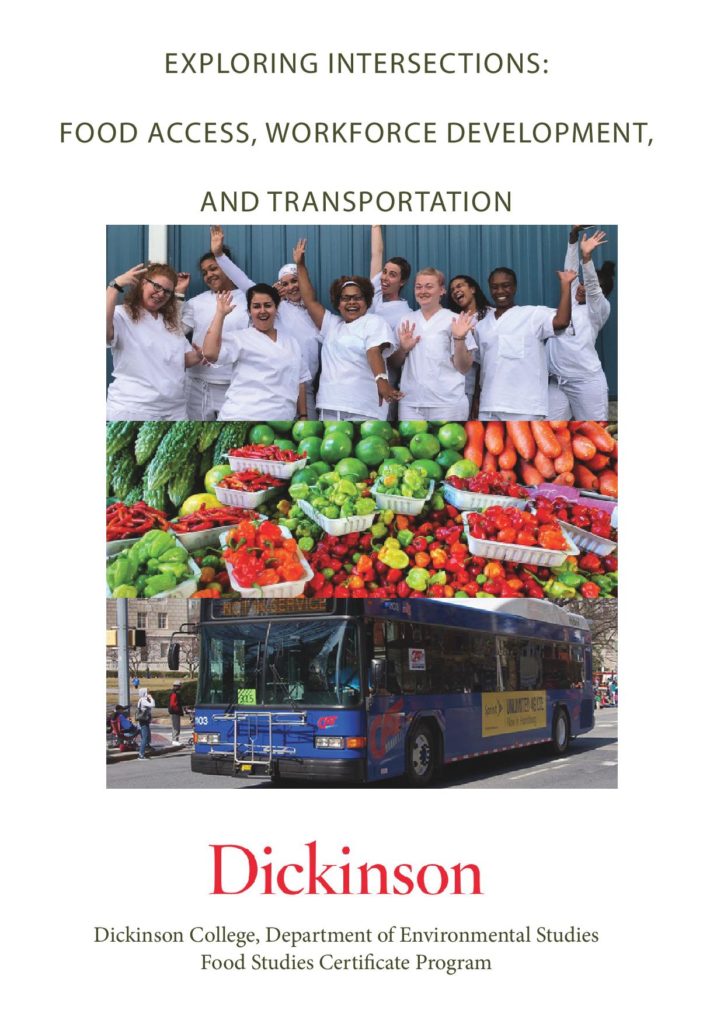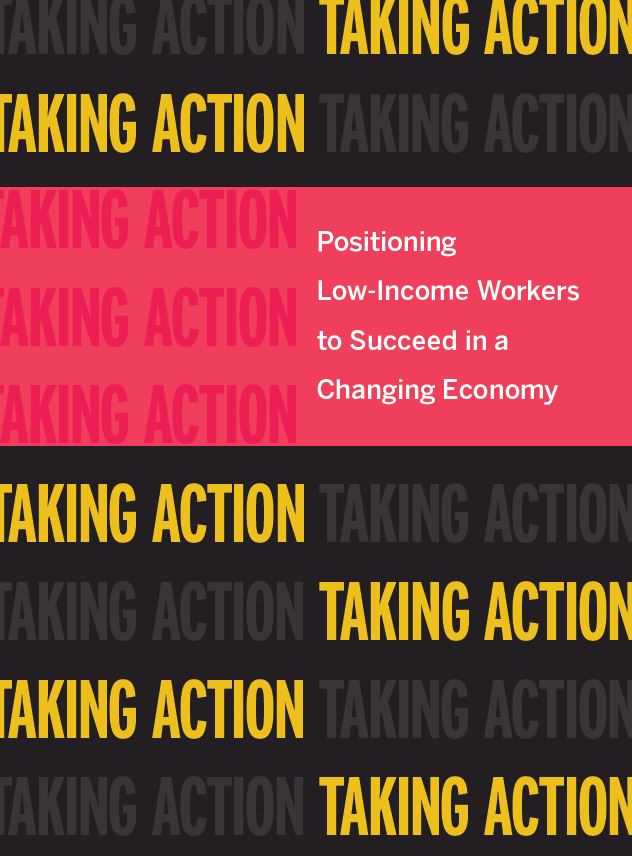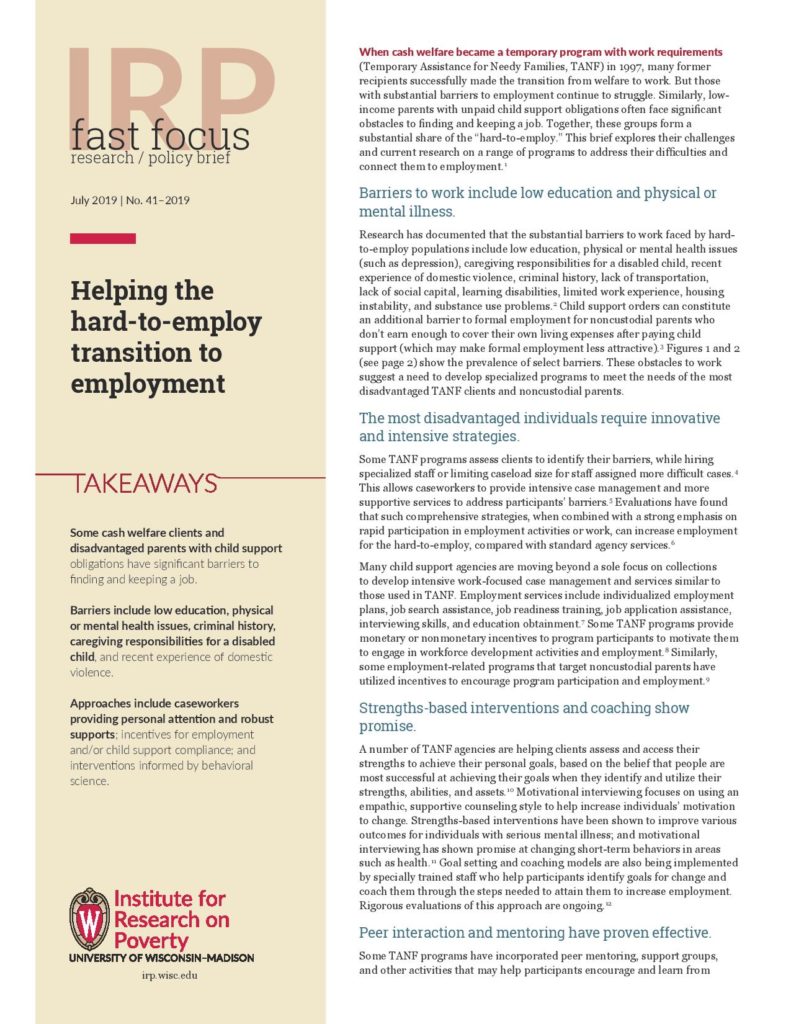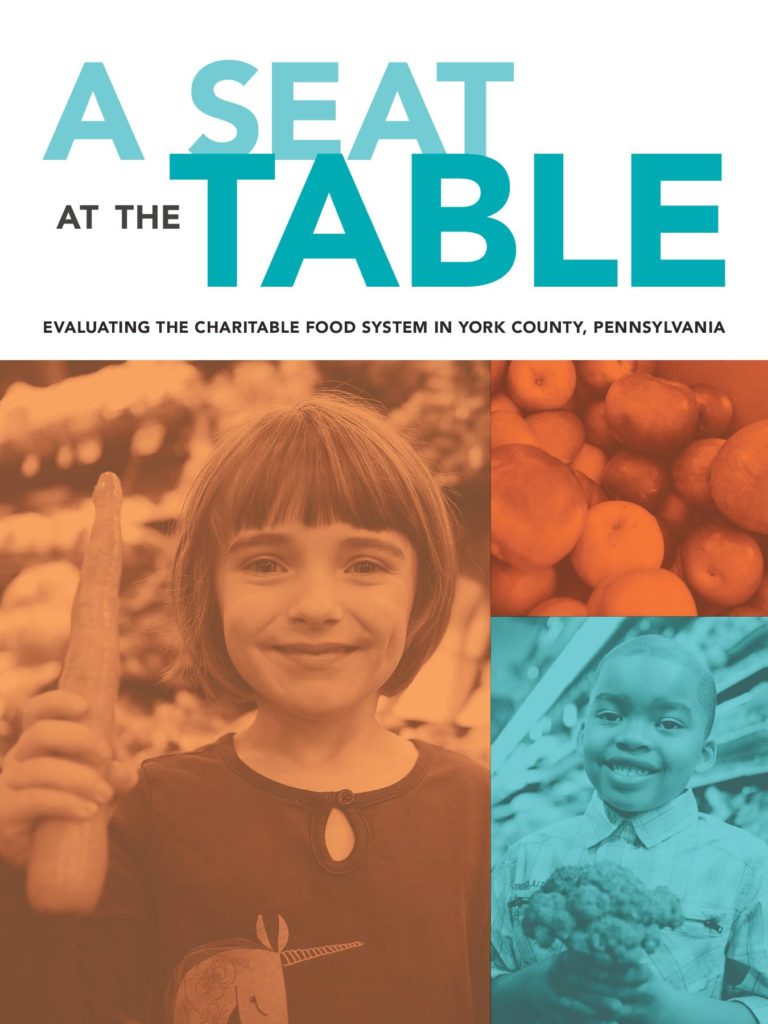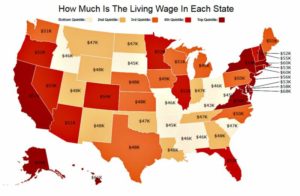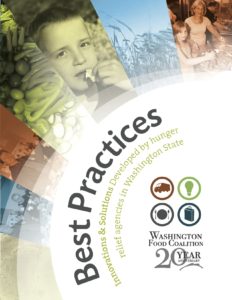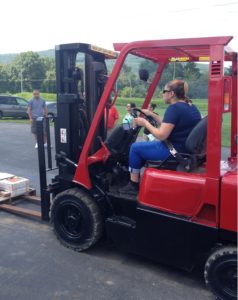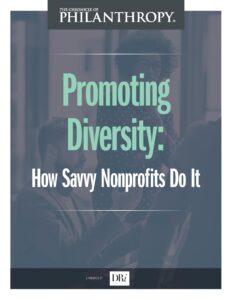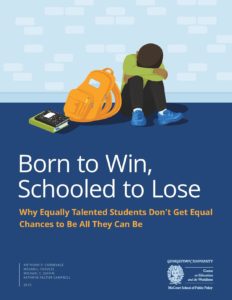Tri County Community Action – Helping People. Changing Lives.
The mission of Tri County Community Action is to build on the strengths and resources available, provide solutions for complex issues, and empower individuals, families, and communities to move out of poverty. The Promise of Community Action, is to change people’s lives, embody the spirit of hope, improve communities, and make America a better place to live. We care about the entire community, and we are dedicated to helping people help themselves and each other. Our Vision is that we all live in a community free from poverty. Our work creates strong families and thriving communities. Tri County Community Action uses a results oriented and outcome focused approach to promote self-sufficiency, family stability and community revitalization to eradicate poverty, through empowerment and helping people help themselves. Historically, the agency mobilized funding and established an array of programs and services to address its stated mission, to create and maximize the resources necessary to address and eliminate barriers that individuals and families face in achieving economic self-sufficiency. Over fifty years after the organization was incorporated, it is still designated as the principle anti-poverty planning organization in the tri-county area.
Purpose of Report
The 1998 Community Services Block Grant Reauthorization Act requires that Community Action agencies complete a comprehensive assessment of community needs which also assesses agency resources and identifies improvements and outcomes. Additionally, Informational Memorandum 138, related to the Organizational Standards for Community Action agencies, requires a community assessment every three years, which includes relevant data, key findings and is accepted by the organization’s governing board. As a result, the process utilized by the agency to complete the assessment was solely conducted by in-house staff and reviewed by the Board of Director’s Planning and Evaluation Committee. This assessment reports on the demographic profile of families living in Cumberland, Dauphin and Perry Counties, and the needs of our low-income residents.


